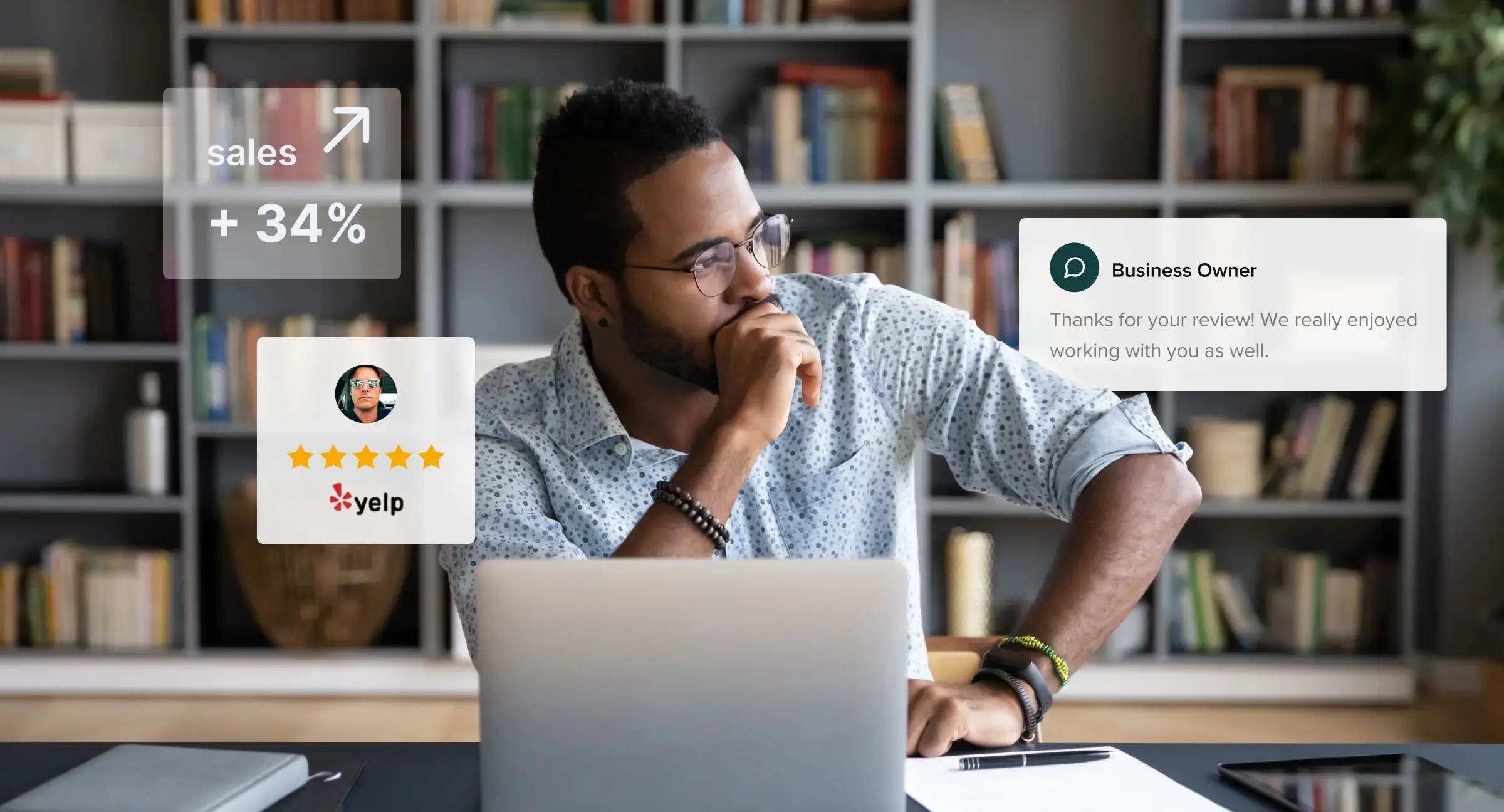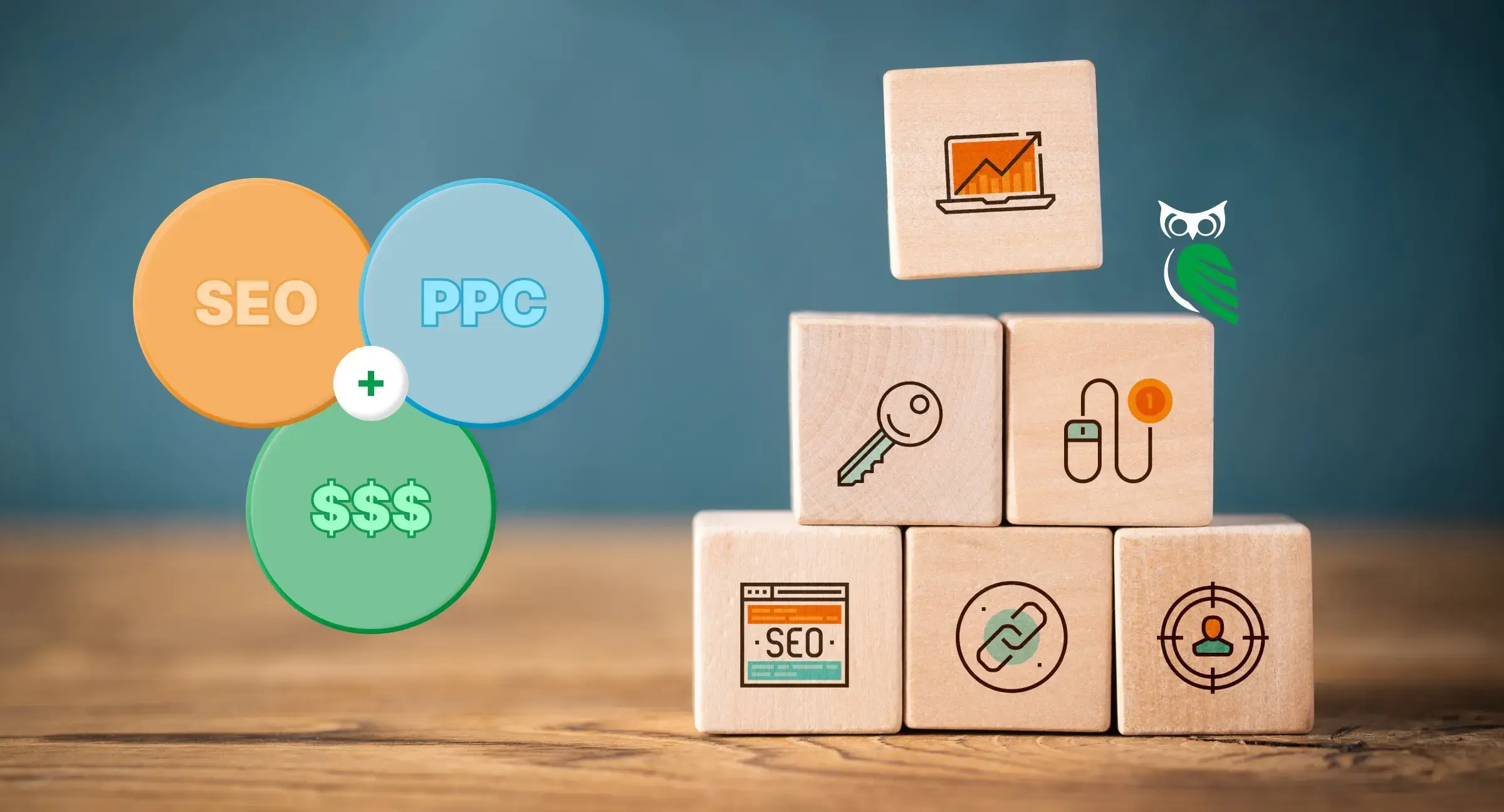It's Time to Get WISE.
Patrick Dillon
CEO
Matthew Hinkle
Director of Accounts
Apply Today
Please fill out the information below. Someone on our team will reach out in 3-5 business days to schedule a call if we see a good fit.
Book Patrick Dillon
Thanks for your interest in booking WISE CEO Patrick Dillon on your podcast! Please complete the form below, and a team member will contact you shortly.

Remove Negative Reviews.

This article is part of our WISE Guide “SEO Keyword Mistakes That Small Businesses Make.” Check out the first post here, but you can enjoy and benefit from this piece without having read that one!
The Crest & The Castle: A Marketing Parable
Imagine seeing a huge billboard advertising a party. There’s a gorgeous royal crest on the sign, and below the crest are some phrases that make you lick your chops: “Castle party near me.” “Castle party camelot.” “Best castle party in the kingdom 2020.”
That sounds fun, and it’s exactly what you need. After The Black Death, it’s been a while since you had a good feast, saw a good joust, or danced a good jig with other subjects of the king.
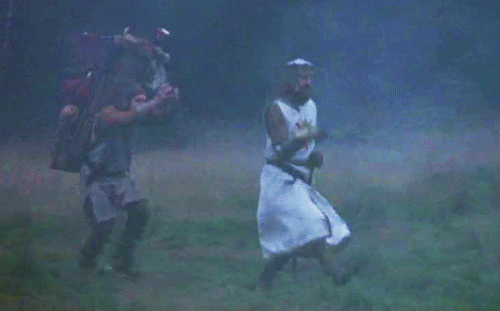
So you follow the crest, the billboards, and the beautifully-paved roads. They lead to what you think will be a five-star castle bash like no other. But once you arrive, your smile fades. You discover one of two things:
- A gorgeous castle – but there’s no queen, king, or party inside.
- A ramshackle home that looks more like a shack than a castle. (A shackle?) – and the “party” is two elves at a table with a single jug of ale.
Disappointed? I would be. Especially if I spent time following these signs, exploring this “castle,” and building excitement only to be massively let down in the end.
I’m never touching anything with that crest again.
Royal Fanfare That Announces… Nothing
Does this sound like some weird medieval tale? It’s really the story of many small businesses who have or know they need SEO (search engine optimization). They think about keywords to get their business more visible on Google. Maybe they even invest in ads. In other words, these well-meaning business owners have their crest that tells their story on multiple billboards—and they keep the roads leading to their website freshly paved, to boot.
But unfortunately, vague, confusing, or minimal website content means there’s not much of a party in the digital castle. (Even if there’s a legit rager in your actual business.)
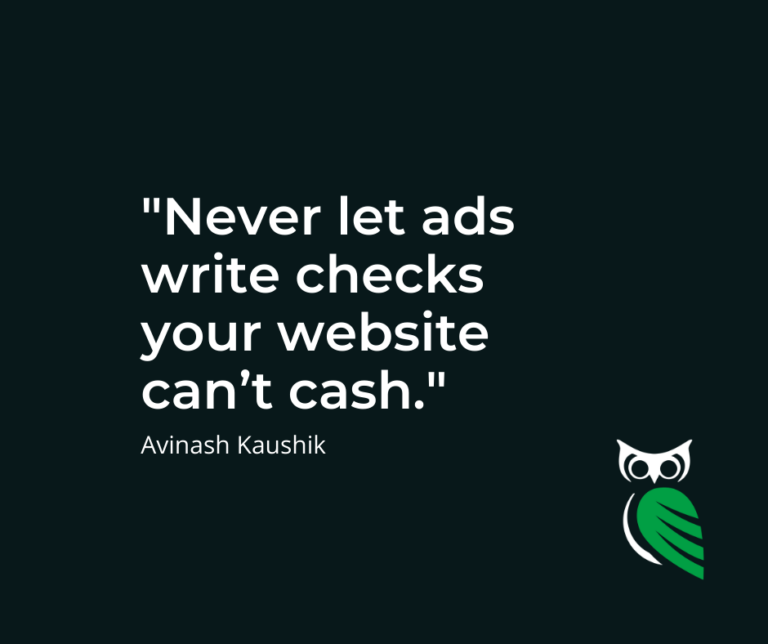
The bottom line is this: content has been, is, and forever will be queen and king.
Now when we speak of web content, what exactly do we mean? We’re talking about text, images, videos and anything else on your website that reflects your business to the world. All of these contribute to user experience, and together they constitute the “life of the party.”
Ultimately getting found is only half the battle. What good is search visibility when there’s no real party when your guests arrive? By your keywords you will be found. But by your content, you will be judged. And your prospects’ verdicts are handed out by bounces (leaving your website without engaging with more content) or conversions (taking desired actions on the website to meet your goals).
To sum up: the goal of SEO isn’t just better keyword rankings on Google or even more website traffic. It’s to get people in the castle converting for the real party. Buying your product. Getting a consultation. Taking the next slide down the marketing funnel that leads to customer acquisition and retention. And what really gets people converting? It isn’t the keywords people google to find you, but the content they see that makes them desire you.
(Oh yeah: content can also directly affect your Google rankings. More on that in a bit.)
If quality content converts and helps visibility in search, we should ask a good question: “What is quality content,” anyway? But before long, we realize the first question to understanding the relationship between quality content and effective search marketing isn’t even “What.” It’s “Who.”
Google: The Great Mapmaking Magician
In the kingdom of the internet, Google is both map and mapmaking magician. What do I mean?
When I say Google is the map, I mean that the Big G mediates search visibility en masse for every business with an online presence. As Jimmy Wales has said, “If it isn’t on Google, it doesn’t exist.” This, we already know.
But when I say Google is also the mapmaking magician, I mean that Google determines who goes on the map, and how big your castle appears on it too. Google isn’t a democracy like Wikipedia, where anyone can edit its pages to their heart’s content. Google is a monarchy. What Google says, goes.
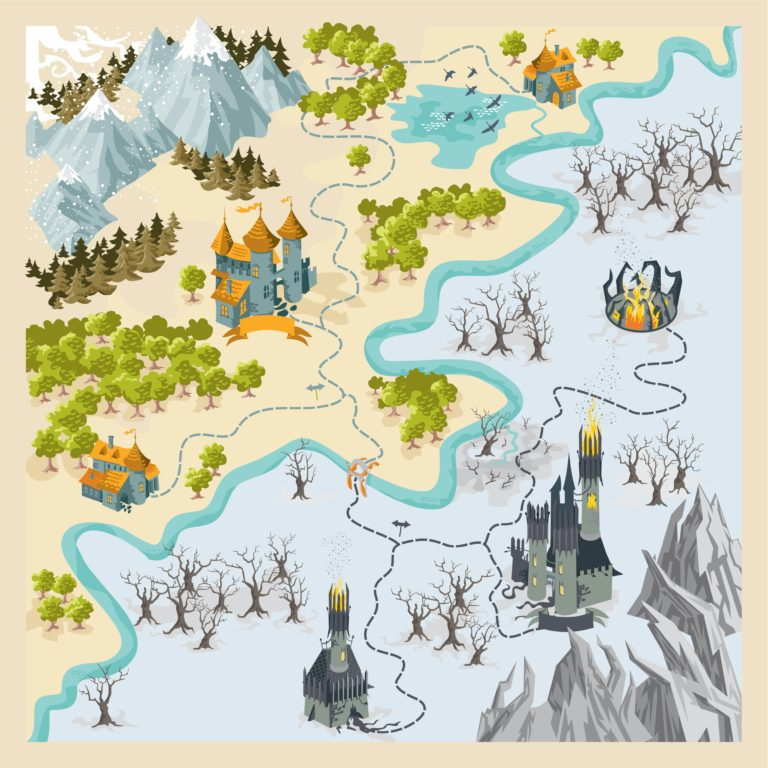
Why do I bring all this up? It’s because when we talk about quality content, we need to ask the question: “Quality” according to whom? According to Google. Want your castle on Google’s map in big, bold letters? You’ve gotta follow the cartographer’s rules.
Once again, this is important for SEO because quality content doesn’t just help your target audience convert. It also influences how visible you are to them in the first place.
If Google is Camelot’s mapmaker and you’re putting up billboards for some “new castle party,” Big G the All-Seeing will actually look inside your castle to see if what you’re advertising is correct. If the reality doesn’t match the marketing, then Google can shrink your billboards (read: lower your rankings and decrease your online visibility!) from 40 feet tall to 40 millimeters tall. What you hoped would loom large in the eyes of prospective clients and customers is now hidden in some patch of moldy mushrooms. Meanwhile, your competitors with great content are living large and getting found. Content is the key that unlocks The Great Google’s heart.
The Mapmaker’s Secrets: Quality Content Defined
So how does Google define “quality content”? The answer is in a guidebook called Google’s “Webmaster guidelines.” There are tons of guidelines there that range from technical do’s and don’ts to practical tips. Ultimately, Google says it patterns its search algorithm on user behavior; that’s why its first basic tip (and one that gets repeated often) is “make pages primarily for users, not for search engines.” But truth be told, there’s still no one-to-one correspondence. There are still content guidelines you should follow that not every user will care about, but that will impact your visibility in search engine result pages (SERPs). That’s why understanding what Google deems “quality” is important.
For some businesses, these guidelines are overwhelming. It’s tough enough to figure out what your target audience is looking for. But to deal with Google too? That’s too much! As a side note, this is why it’s great to partner with web developers, content strategists and marketers who understand these guidelines. SquareSpace, Wix, and WordPress won’t hold your hand through this process. And not every marketer or web designer is aware of what Google is looking for on your website. Remember: a great-looking castle isn’t automatically highlighted on the Big G’s map.
In all these considerations, the SEO keyword mistake is this: business owners and marketers who focus on keywords and rankings to the neglect of their website content do so at their own peril. SEO efforts must be coupled with great website content and great user experience. Only then will your prospects find your cake and eat it too.
The Tragedy of a Banquet With No One To Eat It
We have been speaking of websites that lack quality content, whether it’s thin (minimal), inaccurate, confusing, or so general it gets lost in the crowd. But what if you do have a sumptuous content banquet spread out, and no one can find it? Let’s face it: some businesses have solid content that reflects the actual quality of their products and services. It’s helpful. It’s engaging. But they’re still not on Google’s map. What gives?
This is where we close with the crest and the billboards. Keywords still matter. SEO strategy is still important.
But just remember: a crest and keywords on a billboard is still no substitute for the queen or king on their throne.
Promote Your Party And Set The Table
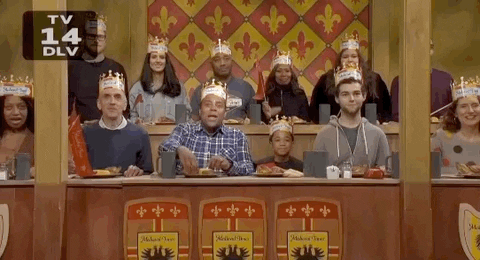
Your next customers are waiting to be led to the party. And if they find and click on your website in Google’s search results, it means they want to find the real deal. Set the table through engaging web content and strong user experience. Keep your customers and clients coming back for more.
Need help getting your business found, or need help setting the table? Planning a digital feast that produces profitable results is no small task. Contact WISE for SEO, Website, and Content strategies that will help your audience convert and get you found too. We’ve recently launched nest, which blends affordable web design and marketing services for small businesses like yours. It’s basically a new castle, new party, and new billboards all at once for an affordable cost. Check it out!
Tune in next month for the third and final part of this series, “SEO Keywords Mistakes That Small Businesses Make”!
Share
Subscribe to WISE Insights
Stay ahead of the digital marketing curve and never miss a lucrative trend or insightful tidbit – subscribe to our WISE blog!
Keep Reading
Build. Grow. Soar.
Get WISE about digital marketing with advanced services, industry experts, and cutting-edge tools designed for long-term, sustainable growth.






